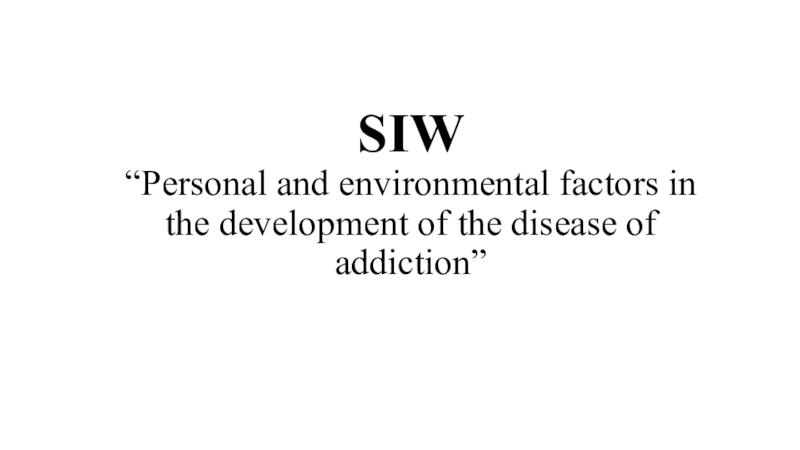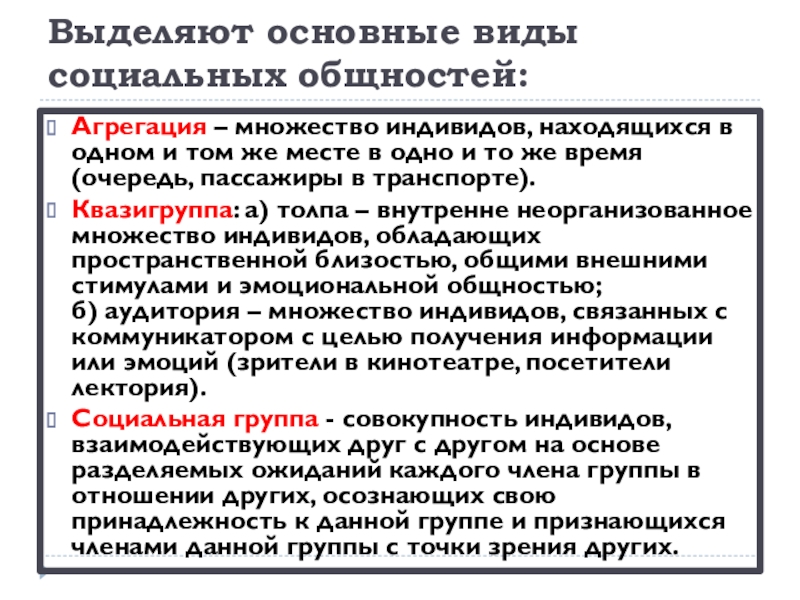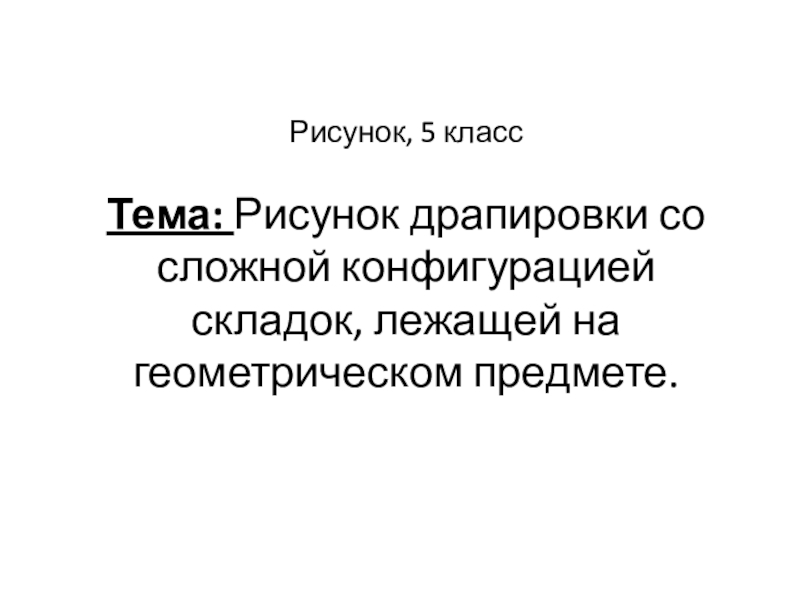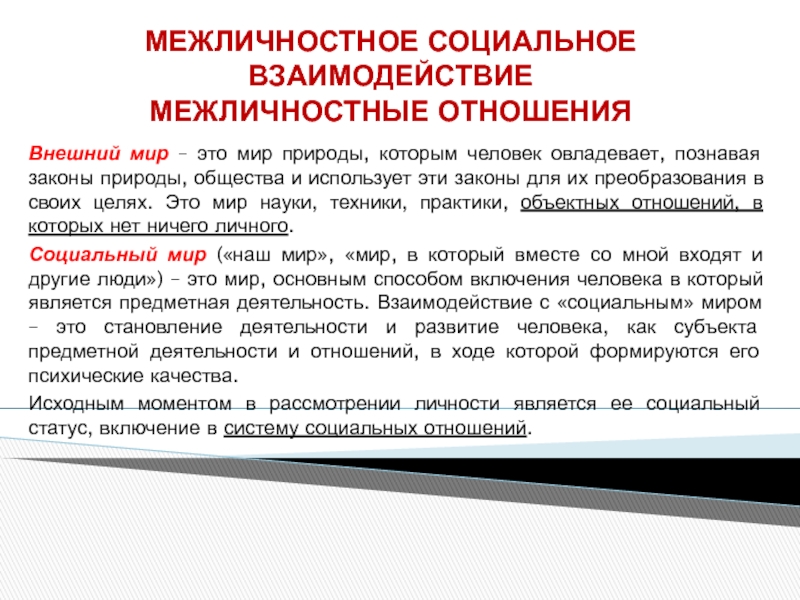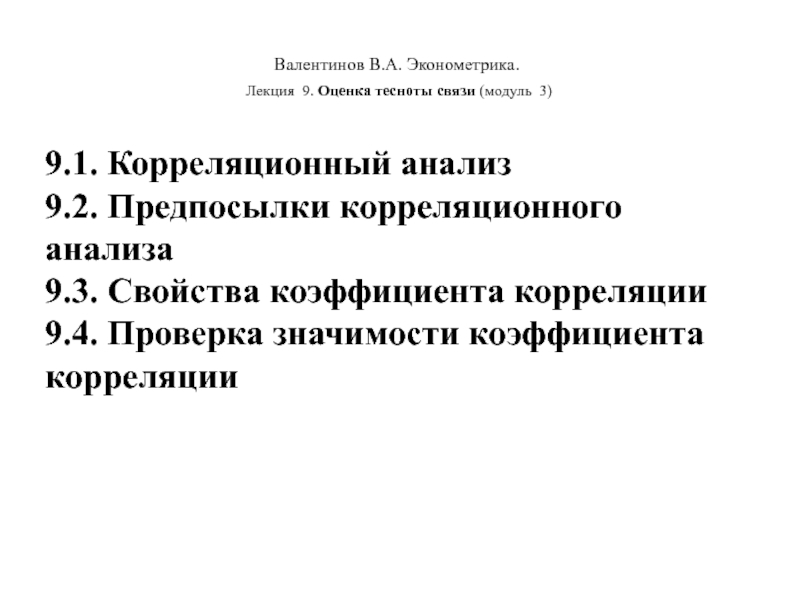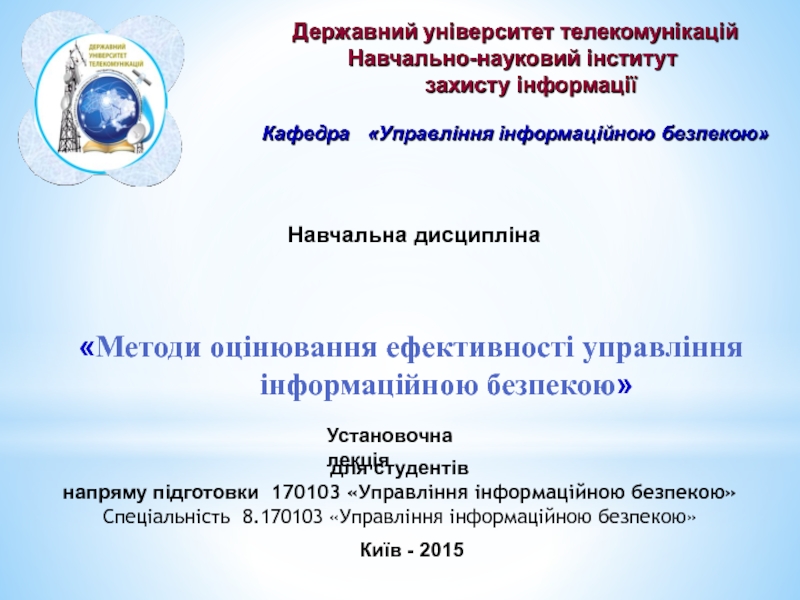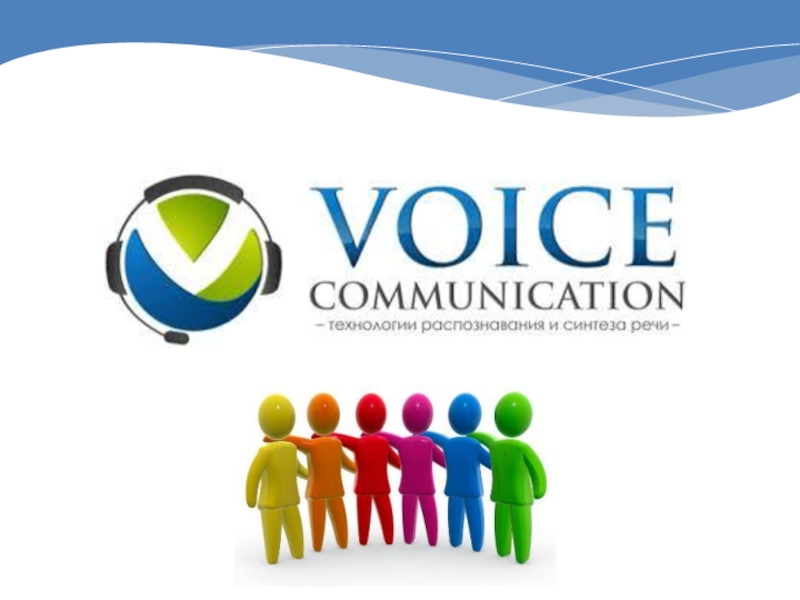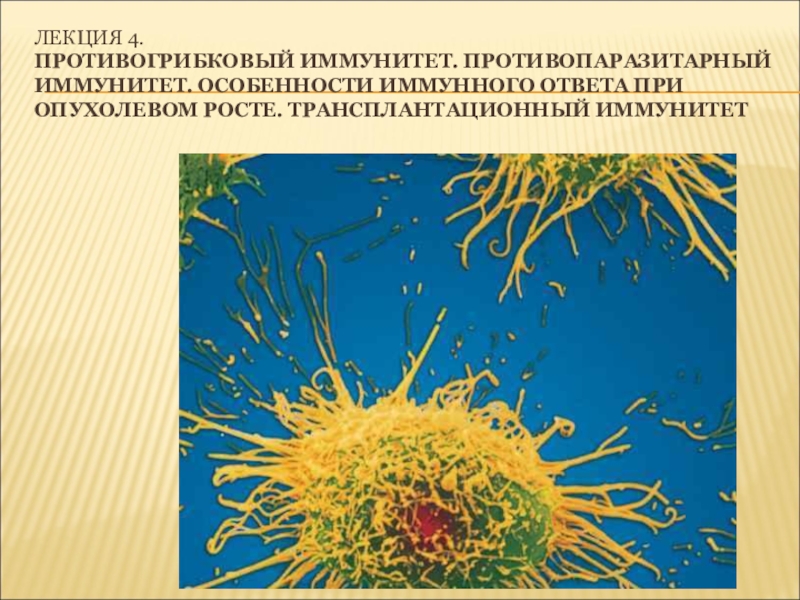Разделы презентаций
- Разное
- Английский язык
- Астрономия
- Алгебра
- Биология
- География
- Геометрия
- Детские презентации
- Информатика
- История
- Литература
- Математика
- Медицина
- Менеджмент
- Музыка
- МХК
- Немецкий язык
- ОБЖ
- Обществознание
- Окружающий мир
- Педагогика
- Русский язык
- Технология
- Физика
- Философия
- Химия
- Шаблоны, картинки для презентаций
- Экология
- Экономика
- Юриспруденция
SIW “Personal and environmental factors in the development of the disease of
Содержание
- 1. SIW “Personal and environmental factors in the development of the disease of
- 2. Plan:What is a addiction?Prevalence of addictionSymptomsRisk factorsTreatmentConclusion
- 3. WHAT IS ADDICTION?Addiction is a psychological and
- 4. ADDICTION PREVALENCE40 million people ages 12 and
- 5. SymptomsThe primary indications of addiction are:uncontrollably seeking drugsuncontrollably engaging
- 6. When a person has an addiction, and
- 7. ADDICTION RISK FACTORSGenetic predispositionCertain brain characteristics that
- 8. ROLE OF GENETICsWhile psychological and environmental factors
- 9. TreatmentsMethods include:behavioral therapy and counselingmedication and drug-based
- 10. ConclusionThe most severe form of addiction is
- 11. Скачать презентанцию
Plan:What is a addiction?Prevalence of addictionSymptomsRisk factorsTreatmentConclusion
Слайды и текст этой презентации
Слайд 3WHAT IS ADDICTION?
Addiction is a psychological and physical inability to
stop consuming a chemical, drug, activity, or substance, even though
it is causing psychological and physical harm.The term addiction does not only refer to dependence on substances such as heroin or cocaine. A person who cannot stop taking a particular drug or chemical has a substance dependence.
Слайд 4ADDICTION PREVALENCE
40 million people ages 12 and older—or more than
1 in 7 people—abuse or are addicted to nicotine, alcohol or
other drugs. This is more than the number of people with heart conditions (27 million), diabetes (26 million) or cancer (19 million).Слайд 5Symptoms
The primary indications of addiction are:
uncontrollably seeking drugs
uncontrollably engaging in harmful levels
of habit-forming behavior
neglecting or losing interest in activities that do
not involve the harmful substance or behaviorrelationship difficulties, which often involve lashing out at people who identify the dependency
an inability to stop using a drug, though it may be causing health problems or personal problems, such as issues with employment or relationships
hiding substances or behaviors and otherwise exercising secrecy, for example, by refusing to explain injuries that occurred while under the influence
profound changes in appearance, including a noticeable abandonment of hygiene
increased risk-taking, both to access the substance or activity and while using it or engaging in it
Слайд 6When a person has an addiction, and they stop taking
the substance or engaging in the behavior, they may experience
certain symptomsThese symptoms include:
anxiety
irritability
tremors and shaking
nausea
vomiting
fatigue
a loss of appetite
Слайд 7ADDICTION RISK FACTORS
Genetic predisposition
Certain brain characteristics that can make someone
more vulnerable to addictive substances than the average person
Psychological factors
(e.g., stress, personality traits like high impulsivity or sensation seeking, depression, anxiety, eating disorders, personality and other psychiatric disorders)Environmental influences (e.g., exposure to physical, sexual, or emotional abuse or trauma, substance use or addiction in the family or among peers, access to an addictive substance; exposure to popular culture references that encourage substance use)
Starting alcohol, nicotine or other drug use at an early age
